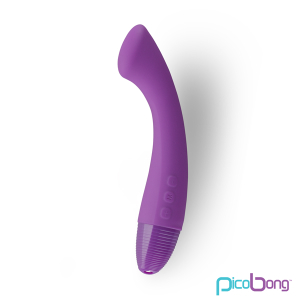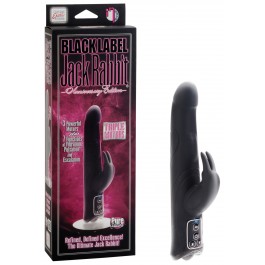Preparation may considerably reduce danger of having HIV, however may be the open public purchasing?
In a recent clinical trial, non-HIV-infected individuals who used the antiretroviral drug Truvada on a daily basis cut their risk of becoming infected with HIV by 44 percent.
While the findings are reason male vibrators for great optimism, researchers say it is now important to understand the factors that could influence the public's willingness to use the drug in this way, known as pre-exposure prophylaxis, or PrEP.
Scientists, health authorities and policymakers are currently debating the pros and cons of PrEP in the U.S. and around the world. One significant issue is these medications' high cost, which often makes them inaccessible to those already infected, let alone those who wish to use them as a prevention tool. Another major question: What would potential users of PrEP expect from such a pill if it were to be made widely accessible?

In a study published recently in the International Journal of STD & AIDS, a team of researchers from UCLA and Lima, Peru, offers a starting point for assessing the public's willingness to consider PrEP.
The researchers used consumer marketing techniques to gauge acceptance of the therapy among high-risk groups in Lima. They found that study participants were generally supportive of PrEP but that out-of-pocket costs had the greatest impact -- even more than the drug's effectiveness -- on their willingness to use it.
Participants also reported that they would expect the pill to be 100 percent effective and to be taken only prior to having sex. These responses are particularly important, given that the actual PrEP study data was based on a pill that needed to be taken daily regardless of sexual activity and anal beads whose efficacy was much lower than 100 percent. This indicates that consumers may be overly optimistic about PrEP, the researchers said.
Just a few months ago, we learned that PrEP can prevent HIV infection, but it has not been deployed on a large scale yet and is a topic of debate in the HIV-prevention research community, said Jerome Galea, Latin America regional director for the UCLA Program in Global Health .
fore you look at anything else that the Twist is going to be well-made and long-lasting.It's made out of body-safe silicone, which means you'll get satisfying firmness, but flexible softness that you'll appreciate when using it anally. It does have a suction base and is harness compatible, but the ridges a.
n is required to fill the gaps in PrEP research, public and provider education, social marketing, and public policy. All of these are needed to support the next steps in developing a comprehensive roll-out plan for PrEP among women at high risk of HIV in the United States.
Preliminary social science research done on U.S. women and PrEP shows that most women surveyed had never heard of PrEP. After being informed, however, they expressed interest in using it if it were shown to be effective sexy and promoted by people they know and trust. These data were gathered from 92 women in four U.S. cities. Key concerns that women expressed included cost, effectiveness, and side effects, including concern about possible interactions with hormonal contraception.
The working group’s statement raised a number of additional concerns that women have expressed anecdotally with regard to PrEP use, including:
Will some sex workers be pressured by their employers or managers to use PrEP because male clients dislike condoms? ?These real-life concerns directly affect interest in PrEP among women at high risk of HIV. ?Failure to find answers, and to educate care providers so they can discuss PrEP knowledgeably with women patients, will discourage women from using this effective HIV prevention tool. Ignoring these gaps brings us to a future point of wondering domestically, “If it works when women use it, why don’t women use it?”

Women living with HIV in the United States have higher death rates than their male counterparts, higher rates of hospitalization, and experience more than twice as many HIV-related and AIDS-defining illnesses per person than their male counterparts. In 2008, nearly two-thirds sex toys for women of them had annual incomes below $10,000, compared to 41 percent of men living with HIV. Nearly three-quarters of women living with HIV had a high school education or less.
Most women living with HIV in the United States are already heavily disadvantaged. It is important that we not let lack of access to PrEP—because women aren’t hearing about it from their peers and community-based organizations, they can’t get their questions about it answered, they can’t afford it, or their health-care providers aren’t offering it to them—be added to the long list of disadvantages they currently encounter. We cannot let PrEP become a prevention tool regularly accessed by affluent men at risk of HIV, but not women.
“Male and female condoms are wonderful HIV-prevention options that work for many women and their partners. But some women can’t insist their partners use condoms, and many young women and their HIV-positive partners want to have children,” said Erika Aaron, a nurse practitioner at the Drexel University School of Medicines Division of Infectious Diseases and HIV Medicine. “Those women need other options to protect themselves from HIV. PrEP can help them stay HIV-negative. We have a moral imperative to find ways to make it available to women who need it and who can use it.”



